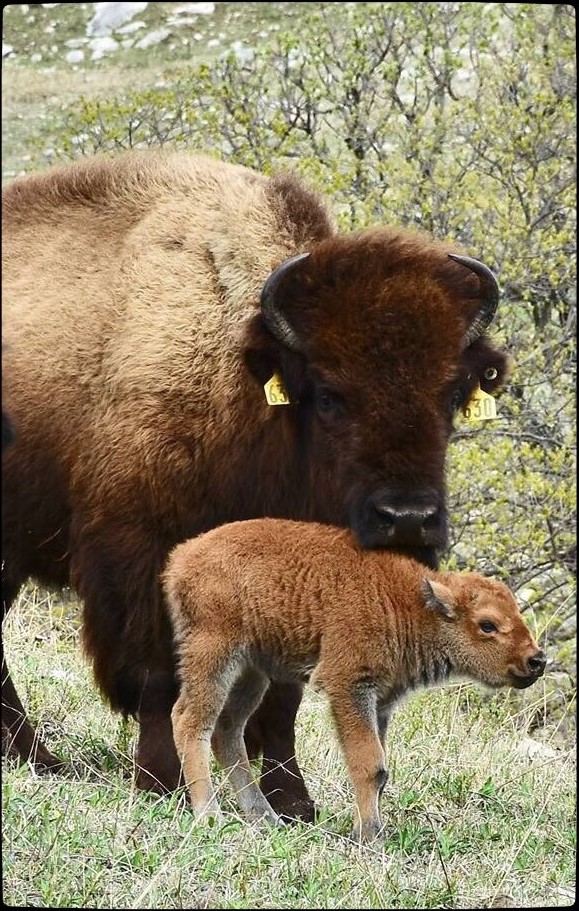
The Konza Prairie LTER is a comprehensive ecological research, education and outreach program, centered on one of the most productive grasslands in North America – the tallgrass prairie. The Konza Prairie LTER program was one of the first six site-based LTER programs funded by the National Science Foundation in 1980 to support research on long-term ecological phenomena (www.lternet.edu). Since its inception, the Konza LTER program has focused on fire, grazing and climatic variability as three critical and interactive drivers that affect ecological pattern and process in grasslands worldwide. Our research encompasses studies across multiple ecological levels (organismic, population, community and ecosystem) and spatial (plot-level, watersheds, regional landscapes) and temporal (days to decades) scales. In total, these studies address the major abiotic drivers (climate and fire) as well as the numerous biotic interactions (herbivory, competition, mutualism, and predation) that shape grassland communities and ecosystems. Our current LTER proposal builds upon a legacy of these long-term studies to address the influence of multiple global change phenomena (changes in land-use and land cover, climate and hydrologic change, nutrient enrichment, biological invasions) on the sustainability and dynamics of grassland ecosystems worldwide, and to contribute to the advancement of ecology through synthesis and integration of data from short- and long-term studies.
The focal site for the Konza Prairie LTER program is the Konza Prairie Biological Station (KPBS), a 3,487 hectare native tallgrass prairie preserve owned by The Nature Conservancy and Kansas State University and operated as a field research station by the KSU Division of Biology. KPBS is located in the Flint Hills region of northeastern Kansas (39°05'N, 96°35'W). The site features a replicated watershed-level experiment, in place since 1977, which explicitly incorporates the major factors influencing mesic grasslands in a long-term experimental setting. Watershed-level treatments include manipulations of fire frequency (annual fire to fire exclusion), fire season, and grazing by native (bison) or domestic (cattle) ungulates. Within core LTER watersheds, permanent sampling transects are replicated at selected topographic positions, where ANPP, plant species composition, plant and consumer populations, soil properties, and key above- and belowground processes are measured. Groundwater wells, stream weirs and stream sampling stations are used to assess the hydrology and ecology of grassland streams. Watershed and stream studies are complemented by a variety of plot-level experiments focused on key ecological processes and mechanisms underlying responses to changing fire, grazing and climatic regimes. Additional information about the KPBS is available at kpbs.konza.ksu.edu





